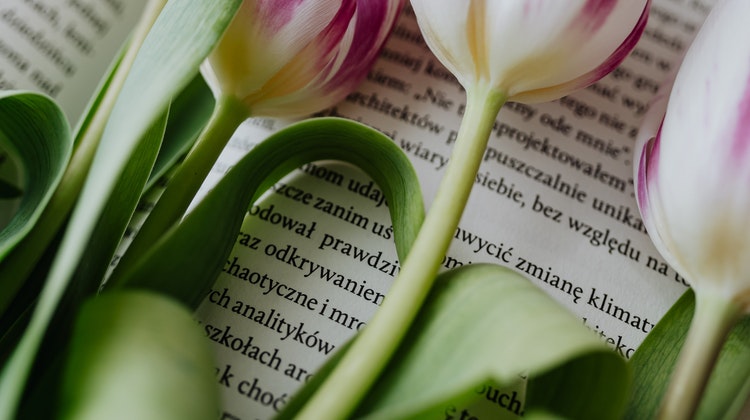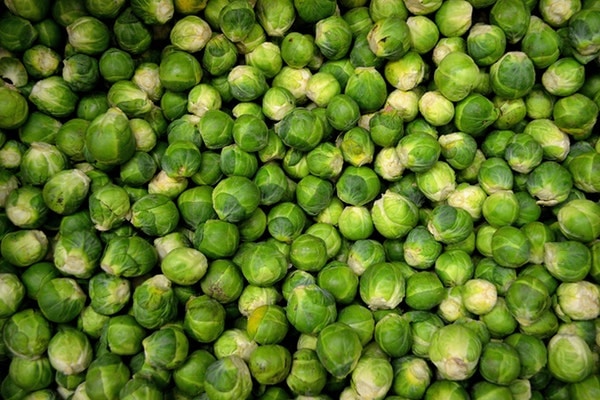In 2023, I took a trip to Delft in the Netherlands (Europe), where you can visit the Royal Delft museum. As you might guess, there, you can find everything about the history of Delft Blue, which is typically Dutch pottery. It’s truly a fascinating piece of history that I would love to tell you more about after my visit to the museum.
Royal Delft: the Delft Blue museum and her hometown Delft
In the picturesque Dutch town of Delft in the Netherlands, the birthplace of the typical Delft Blue, I visited the Delft Blue museum named ‘Royal Delft Museum.’ This museum originated from the former factory called Porceleyne Fles.
Even from the center of Delft, I encountered several other tourists who were clearly on their way to visit the museum and the Delft Blue factory. After all, it’s just a fifteen-minute walk from the city center, located outside the town.
Once arrived at the museum, it was pleasantly crowded, at least on the drizzly summer day when I visited. I can imagine that on peak days, it gets quite packed with tourists. So, keep that in mind when planning your visit.
After purchasing tickets and utilizing the (free) cloakroom, our visit started with a historical film about Delft Blue, the Royal Delft factory, and the museum. The museum’s film reminded me of Disneyland, where you walk through two rooms, each leading to different settings with accompanying films and a few small animations.
However, the story behind Delft Blue porcelain is more interesting than I had initially thought. That’s why I’d love to write a brief summary for you here.
The history of Delft Blue
The history of Delft Blue strangely doesn’t begin in the Netherlands but in Asia. It’s not just a story about a product; rather, it beautifully illustrates how the globalized economy functions. When does the history of Delft Blue take place? In the 17th century, long after the disappearance of the Dutch Rungholt and well before the idea of delta works even emerged.
In the 17th century, the Republic of the United Netherlands dominated the world’s seas. To control this power and trade, they established the VOC: the Dutch East India Company. The VOC’s sailing ships mainly transported fabrics and spices from Asia to Europe, where they were considered rare.
It didn’t take long before there was also an interest in (Chinese) porcelain coming from the other side of the world. This Asian porcelain was refined enough to be compared with the Delft Blue porcelain we know today, which is logical when you consider its history.
Internal conflicts in China disrupted world trade, creating an opportunity for Dutch traders and porcelain factories to capitalize on the situation. They skillfully tried to imitate and even improve upon the Asian porcelain with its intricate designs, incorporating more European and even Dutch themes instead of solely Asian motifs.
Their efforts to copy and enhance the porcelain were quite successful, and it became a lucrative market. In the 17th century, Delft alone had over 30 earthenware factories. Other cities like Amsterdam or Haarlem also had earthenware factories, which had obtained products through Italian trade routes even earlier.
They not only imitated the style but also tried to replicate the raw material of porcelain using Dutch clay as closely as possible. This allowed the coveted product of Delft Blue earthenware to be fully manufactured in the Netherlands, giving a boost to the economy of the Dutch Republic. This economic upturn can also be observed during the tulip crisis.
However, the popularity of Delft Blue would not always remain constant, and today, there is only one remaining factory in Delft: that of the Porceleyne Fles. It is also the factory that produces Royal Delft Blue and where the Delft Blue museum was established. During your visit to the museum, you also get to walk through a section of the current factory, where you can even observe the staff at work.
Royal Delft Blue
The title ‘Royal’ was bestowed upon the Porceleyne Fles factory in 1919 as a sign of appreciation. The Delft engineer, Joost Thooft, had revitalized the brand, breathing new life into it. To this day, important events in the national history of the Netherlands are immortalized in Delft Blue porcelain. The Dutch royal family also uses Delft Blue as their tableware, which is completely renewed with, for example, the new initials, for each new royal couple.
How is Delft Blue pottery made?
In addition to the history of Delft Blue, I also want to tell you about the process of creating that refined colored porcelain. The procedure fascinated me when I saw it at the Royal Delft Museum.
As you can see in the photo below, there are several stages involved. The clay is first fired, and then a pre-styled design is applied to, for example, a vase using a black thin mold. After removing the mold, the design can be colored in. However, as you can see, the paint used is black, made based on a secret recipe of the Porceleyne Fles factory. It is only after another visit to the oven that the black color transforms into the typical blue of Delft Blue. Quite intriguing!
Year code and trade mark Delft Blue
How do you really recognize Delft Blue? A product made in the Porcelyne Fles factory, which later became Royal Delft, has been easily recognizable since the end of the 19th century. At that time, the products were given a specific and unique trade mark.
The hallmark features a small image of an apothecary bottle at the top. Below that are the initials “JT” for Joost Thooft, the then-director of the factory. Of course, the word “Delft” must not be missing.
What’s special about the signature of the royal Delft Blue is the addition of two letters. These letters represent the year code that indicates when your product was manufactured. So, according to Royal Delft, I was born in the year “DG”! Curious about your own year code? You can find it here.
Delft Blue products: plate, tulip vase, Christmas ornament, tiles, flower pot, jug, candleholder, wall plates, jewelry, and so much more.
When we think of Delft Blue products, we mainly think of a decorated plate or the well-known – and somewhat special – tulip vase.
But don’t be mistaken, there are countless products adorned with Delft Blue. You can’t imagine it. In the museum shop of Royal Delft, you can find Christmas ornaments, tiles, earrings, candleholders, fridge magnets, mugs, and much more. Always nice to score a little souvenir!
The history of Delft Blue
You’ve already read it: it’s definitely worth visiting the Royal Delft museum and the Delft Blue factory in its hometown of Delft.
I myself like the design, so it was nice to see the most famous products in the museum. The Royal Delft museum also teached me a much richer history than I expected. So if you are travelling in the Netherlands, be sure to visit Delft and its pottery museum of Delft Blue.




